Chinese Name: 东巴文化博物馆 Pronunciation: Dōngbā Wénhuà Bówùguǎn
Occupied Area: 9,000 square meters
Building Time: 1984
Admission Ticket Fare: Free
Recommended Time for Visit: 1-3 Hours
Address: Heilongtan Park, Jiaoyu Road, Gucheng District, Lijiang City, Yunnan Province, China
| Entrance | Monday to Sunday |
| Opening Hours | 9:00-17:00 |
Dongba Culture Museum, formerly known as Lijiang County Museum, was founded in 1984. It is the first county-level museum in Yunnan Province. It was officially renamed in July 1999. The museum now has a collection of more than 12,000 cultural relics. Over the years, it has made great contributions to protecting, inheriting, and carrying forward Dongba culture and to promoting Lijiang.
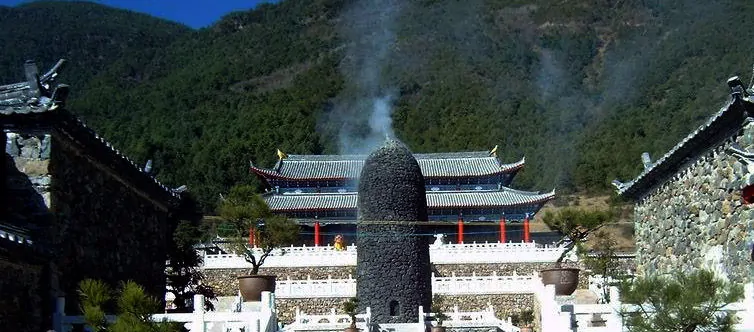
The main building structure of the museum is the ancient Naxi quadrangle courtyard style. According to the terrain and landform, the ancient building group with the group courtyard as the main building belt is formed by making full use of the landscape environmental conditions. Naxi Dongba Culture Museum in Lijiang is arranged according to the development of Naxi folk dwellings.
Taking advantage of the water source of Yuquan and the natural landscape at the western foot of Xiangshan Mountain, the ancient people developed their cave dwellings, nest dwellings, half-cave dwellings, tent dwellings, fence dwellings, as well as the traditional dwellings of different stages, such as wooden corrugated houses, three chambers and one viewing wall, four terraces and five patios, from north to south. Among them, the folk cultural relics of the Naxi productivity level in different periods are displayed.
Folk and religious ceremony scenes such as “Worship to Heaven”, “Worship to Wind” and “Worship to Department” (God of Nature) are set up to perform Dongba sacrificial ceremony for the audience. In addition, visitors can also see a variety of pictures and texts about the Dongba culture, as well as materials such as scriptures, paintings, and sacrificial utensils, as well as the ancient production and household utensils of the Naxi people. It is one of the most worthwhile museums in Yunnan Province.
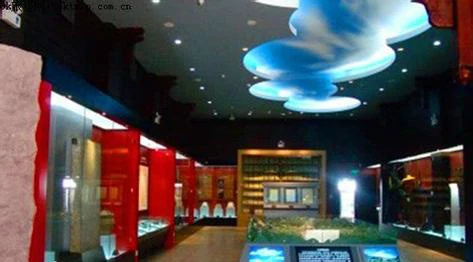
The museum faces water against the mountain. Its architectural style reflects the contemporary advanced architectural design concept, as well as the inner spirit of Liangzhu culture in space and time continuity. By integrating with the surrounding environment, it thus becomes a “natural” scenery.
On the internal unit composition, by fully considering the requirements of the contemporary advanced museum in three aspects, popularization of education, academic research, and collection and preservation, the museum is equipped with the following facilities: basic showroom, temporary showroom, film and television academic conference room, hall, audience hall, service facilities and rest area, as well as VIP reception room, reading room, technology room, executive room and so on.
At the same time, through the proper means of garden construction, the internal and external spaces can be naturally transited, and the interior and exterior scenes echo each other.
In order to give the audience a clear impression and intuitionistic feeling, the exhibition methods of archaeological relics, multimedia demonstration, scene simulation, feature film projection, plane and three-dimensional diagram are adopted in combination with the modern acoustooptic system. The museum uses as much archaeological evidence as possible. Thus, visitors can feel the atmosphere and rigidity of the museum in close contact with the exhibition, taste the mystery hidden in the East, and the romantic concept among heaven, earth, and nature.
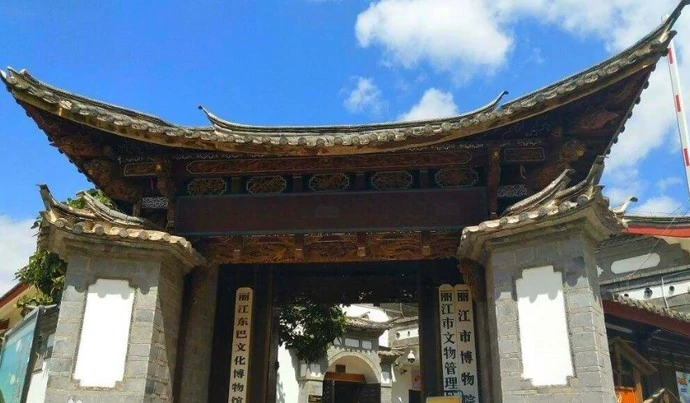
The life and production scenes are simulated to show the extensive and profound creative achievements of the ancestors in the era of Liangzhu culture, such as large-scale agricultural production, engineering construction, water transportation, jade and stone making, the development of pottery and textile industry, and the formation of markets.
Using the method of cultural comparison, the museum shows the interrelationship among Liangzhu culture, Mayan culture, American culture, and the culture around the ocean, and sets out the cultural context of the spread of Liangzhu feminization from home to overseas. In addition, the museum describes the discovery and excavation process of the Liangzhu culture, displays the latest research results of the Liangzhu culture, and raises unsolved relevant issues, which stimulates the enthusiasm of visitors to explore.
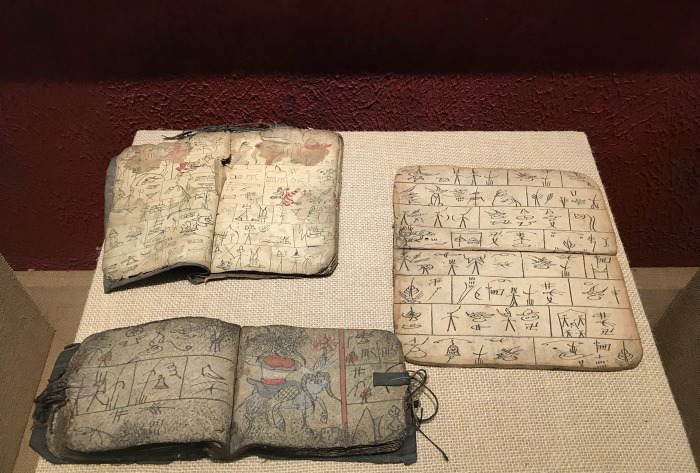
The so-called Dongba culture is actually the traditional culture of the Naxi people and is named after its preservation in the Dongba Religion. It has a history of nearly one thousand years. Dongba religion is the original religion of the Naxi people, with ancestor worship and nature worship as the basic characteristics, believing that all things have gods. Its believers are called “Dongba”, which means “wise men”. They are a combination of witchcraft, medicine, learning, art, and craftsman, and the main inheritors of the traditional culture of the Naxi.
Dongba hieroglyphs with a total of more than 1,400 words have been preserved this far and are known as the “only living hieroglyphs” in the world today. There are more than 20,000 volumes and more than 1,500 books of Dongba scriptures recorded in Dongba hieroglyphs, covering philosophy, history, religion, medicine, art, etc., which can be called the “encyclopedia” of the ancient Naxi society.
As early as the 19th century, Dongba culture attracted the attention of foreign scholars.
Today, 17 countries and regions including the United States, the United Kingdom, France, and Germany have collected Dongba scriptures, which have been systematically translated, collated, and studied from the aspects of language, history, religion, music, and dance.
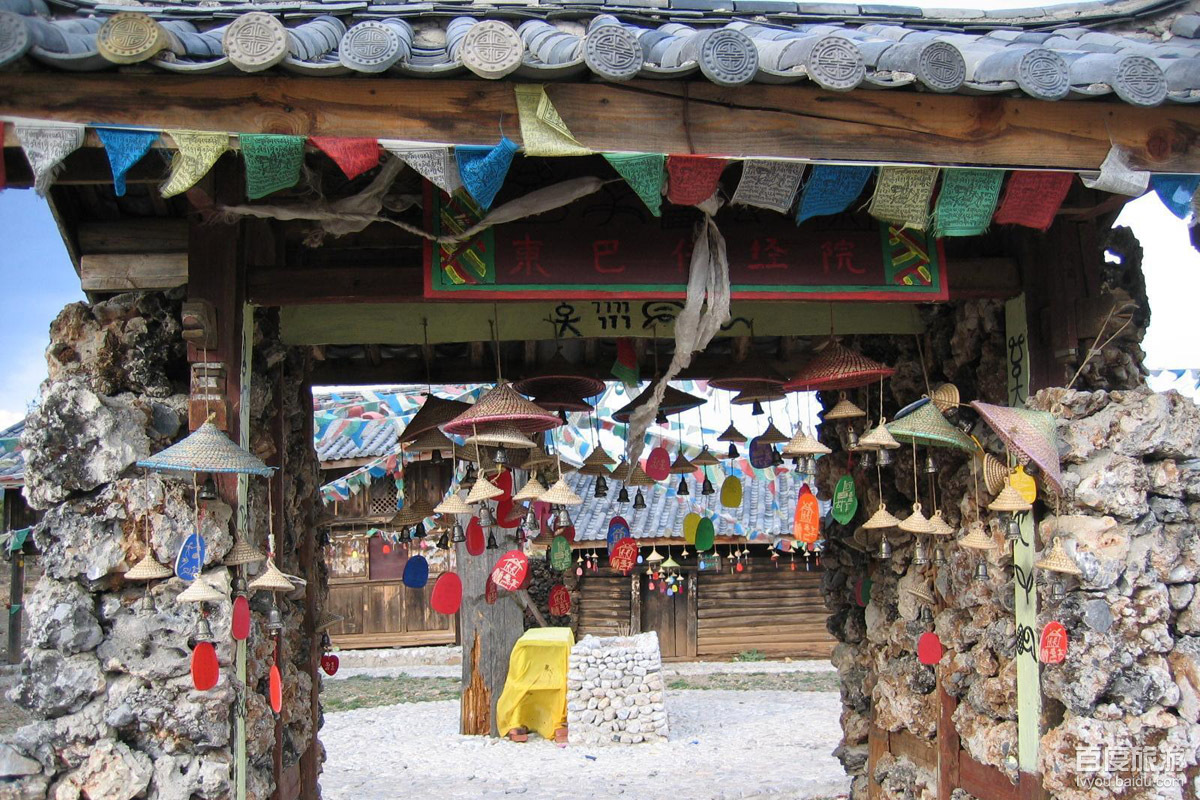
However, due to a variety of reasons caused by the decades of history gap, Dongba activities in many places in Lijiang have nearly disappeared. Except for a few experts and scholars and a few old Dongba people, most people know little about Dongba culture. Therefore, Dongba culture is in danger of becoming a “dead culture” that only exists in museum exhibitions and library materials.
Based on the unique connotation of Liangzhu culture and its important significance in the origin of Chinese civilization, the museum broke ground in 1992 and officially opened to the public on May 28, 1994. Since then, it has undertaken the glorious mission of inheriting and carrying forward Liangzhu culture.
The museum was inscribed by then-Chinese President Jiang Zemin. The main building is divided into two floors. The top corner of the roof is shaped like a jade cong, a typical jade of Liangzhu culture, which makes the whole building not only integrate elements of Liangzhu culture, but also look simple and unique.
The museum has a showroom, a publicity department, a security department, a cultural and historic management department, and a cultural heritage shop. The collection includes more than 10,000 pieces of precious cultural relics, such as unearthed cultural relics, ancient calligraphy works and paintings, revolutionary cultural relics, Dongba scriptures and religious articles, among which 52 are national cultural relics. Furthermore, there are cultural museum hall, rare products hall and “Dongba culture”, ethnic customs photography and other exhibition halls.
1. According to the prevention and control needs of the Covid-19 pandemic, the opening time of the scenic spot is temporarily adjusted to 9:00 - 17:00, and the specific change of business hours shall be subject to the notice of the scenic spot.
2. ID card and health green code are required for entry.
Take bus 16 and get off at Xiangshan Donglu Station, then walk east for about 150 meters, turn right, and go 150 meters.
Take bus 4 and get off at Lijiangshi Youeryuan Station, then go north for 300 meters.
Chinese: 请带我去东巴文化博物馆。English: Please take me to Dongba Culture Museum.
If you go to Dongba Culture Museum from the city center (Lijiang Municipal Government), it takes about 15 minutes (about 20 yuan).
If you go to Dongba Culture Museum from Lijiang Sanyi International Airport, it takes about 40 minutes (about 150 yuan).
If you go to Dongba Culture Museum from Lijiang Railway Station, it takes about 25 minutes (about 40 yuan).
